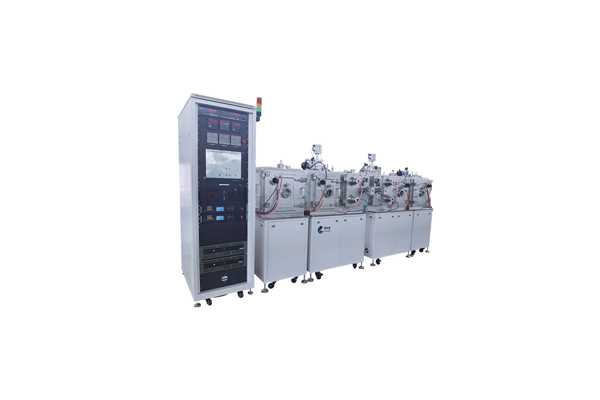The hot wire chemical vapor deposition (HWCVD) diamond technology has become prevalent in the production lines of numerous domestic households for manufacturing diamond cutting tools. This technology features fully automated control and a stable equipment process, making it ideal for high-end nanodiamond coating applications. It is extensively utilized in aviation manufacturing, precision molds, wire drawing molds, BDD electrodes, and more. The device has successfully grown large-sized, sheet-like polycrystalline diamond thick films, bridging a domestic gap and generating substantial economic benefits.
Diamond coating and ceramic coating are both advanced surface treatments used to enhance the durability and performance of various materials. Diamond coating involves applying a thin layer of diamond-like carbon (DLC) to a surface, offering exceptional hardness, wear resistance, and low friction. It's commonly used in cutting tools, medical devices, and high-performance components. Ceramic coating, on the other hand, involves applying a layer of ceramic material, providing excellent heat resistance, corrosion protection, and durability. It's often used in automotive, aerospace, and industrial applications. While both coatings improve surface properties, diamond coating excels in hardness, whereas ceramic coating is superior in thermal and chemical resistance.

Diamond coating can be a worthwhile investment depending on your needs. It offers exceptional hardness and durability, making it ideal for tools and machinery that undergo heavy wear and tear. The coating enhances performance, reduces friction, and extends the lifespan of the equipment. However, it can be expensive, so it's essential to weigh the benefits against the cost. For high-precision applications or industries like aerospace and medical devices, the advantages often justify the expense. In summary, if longevity and performance are critical, diamond coating is worth considering.